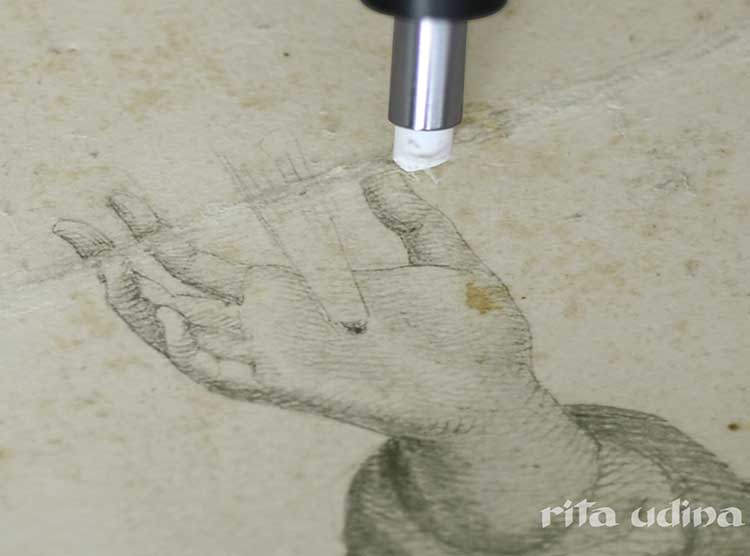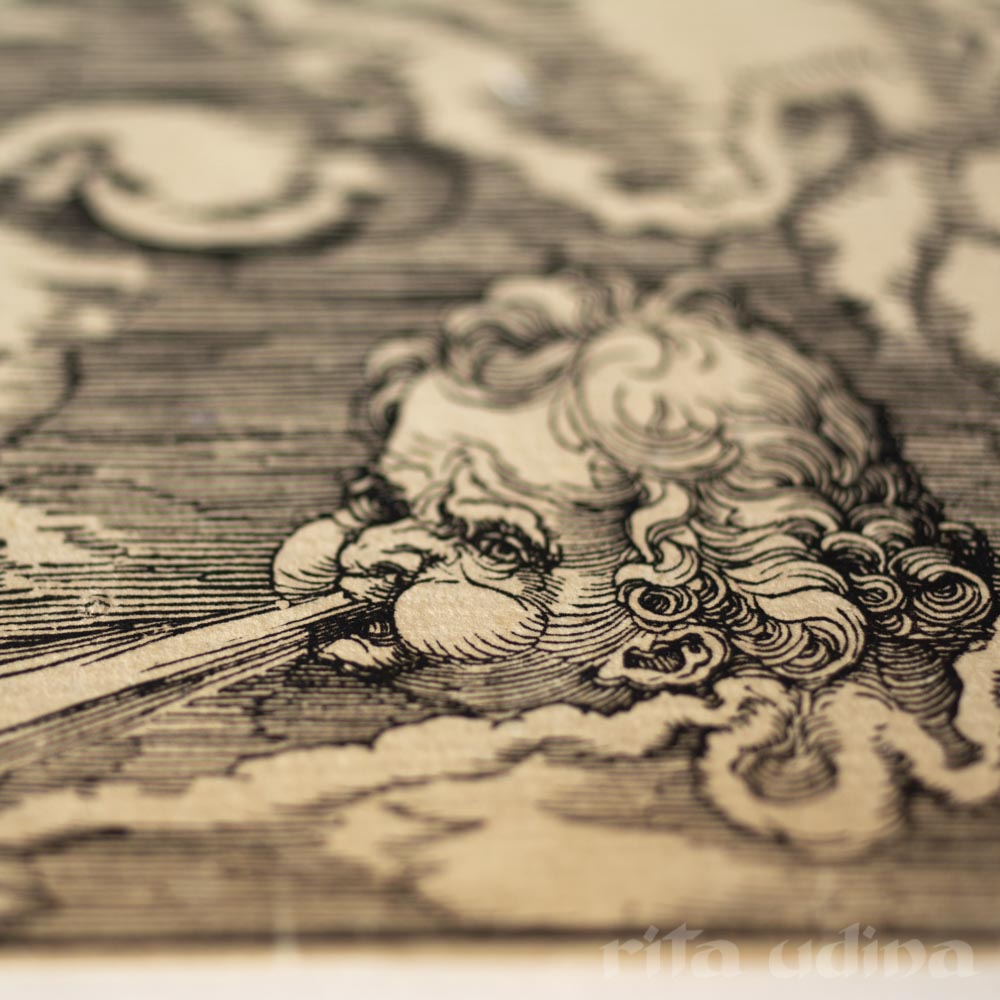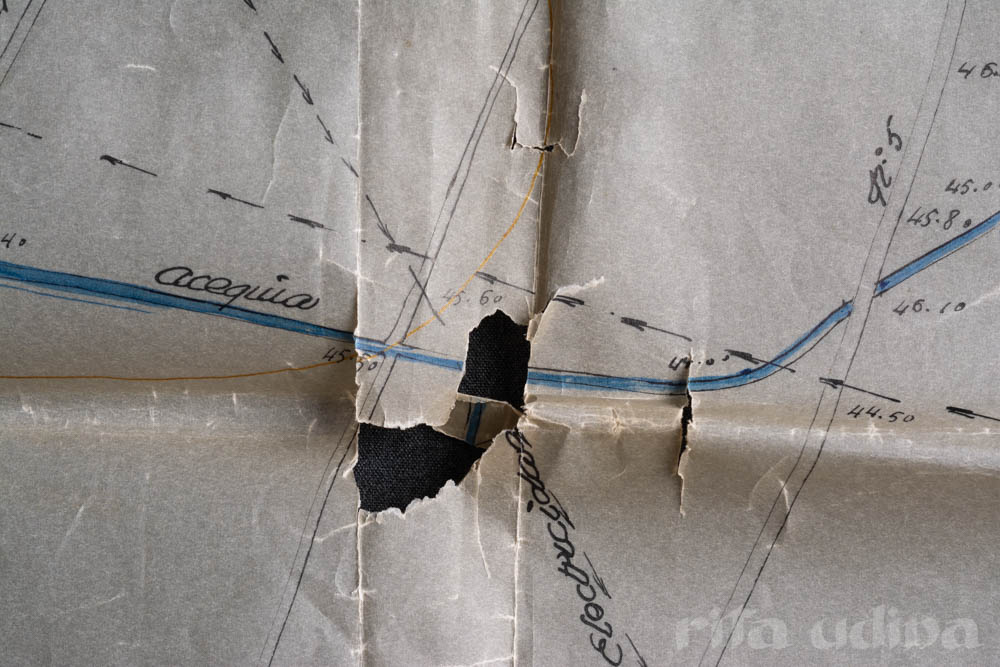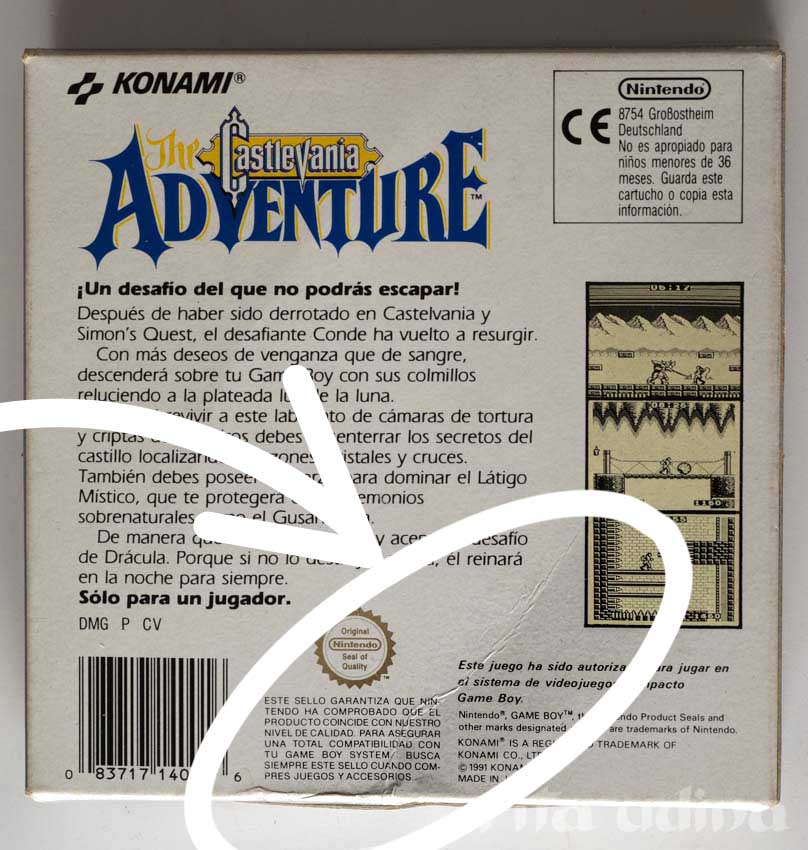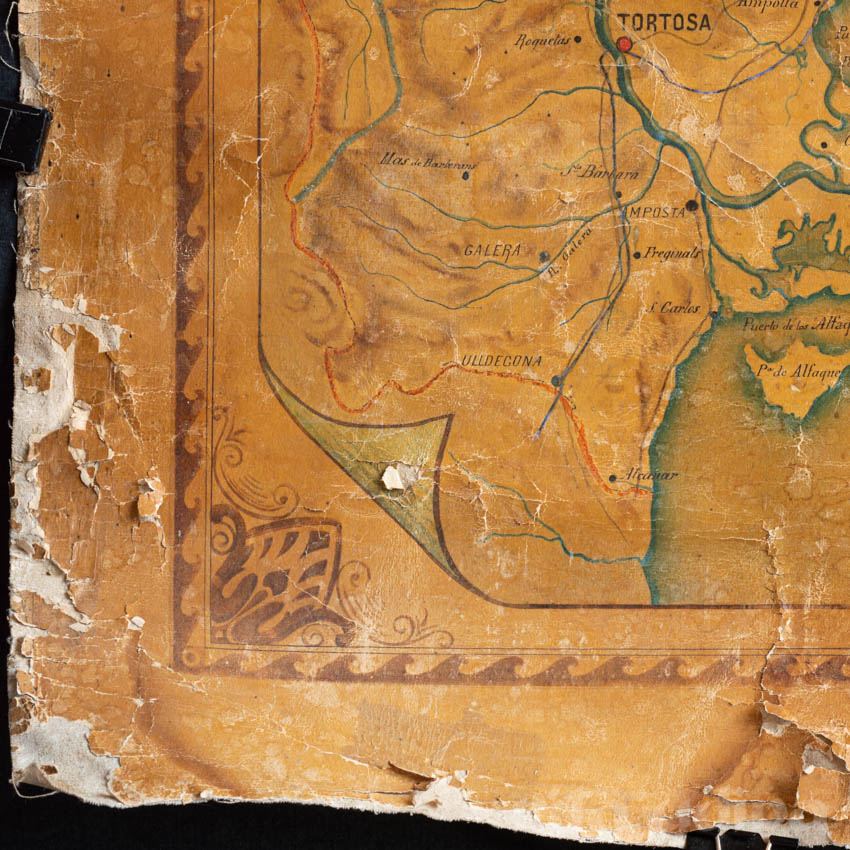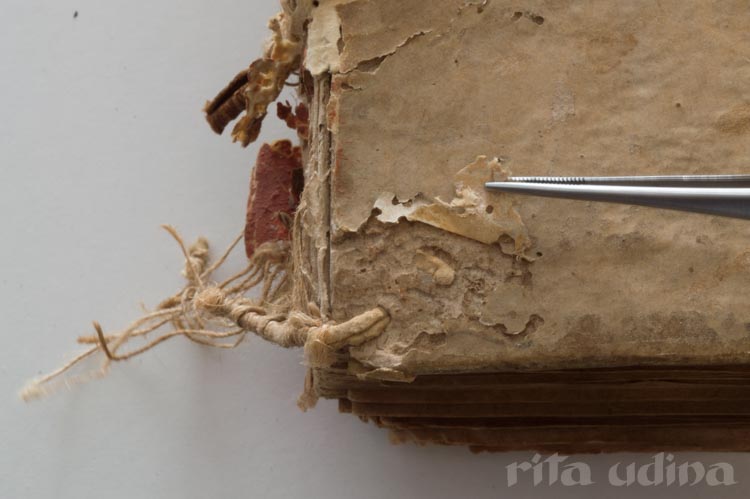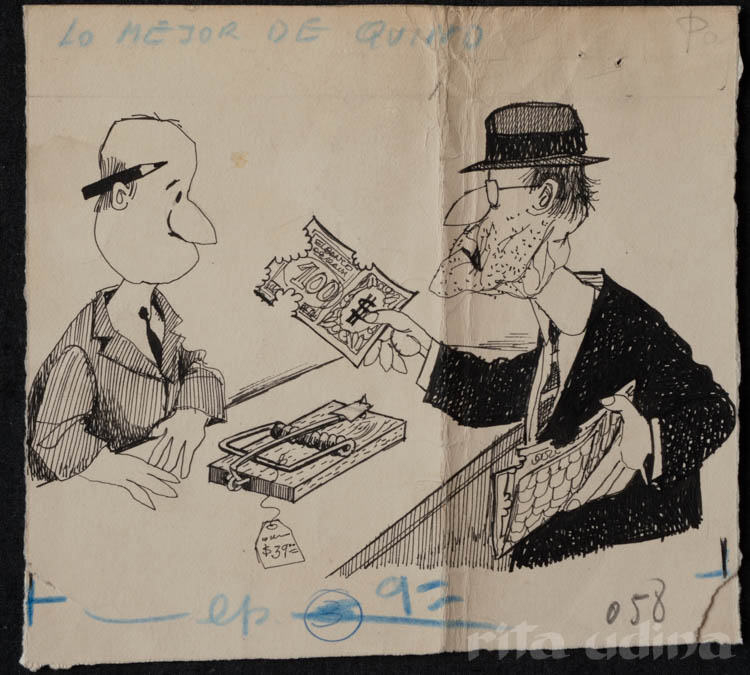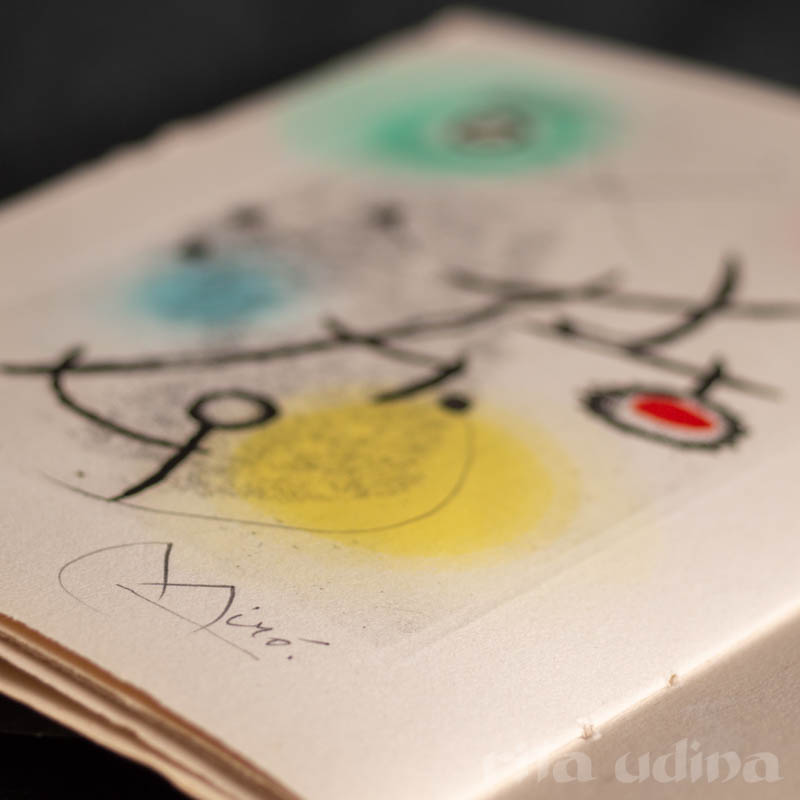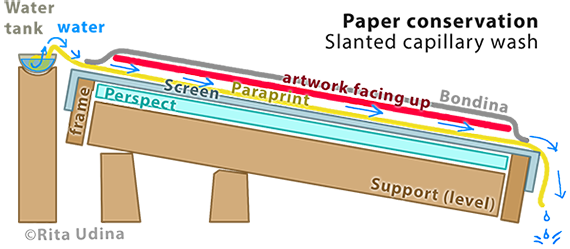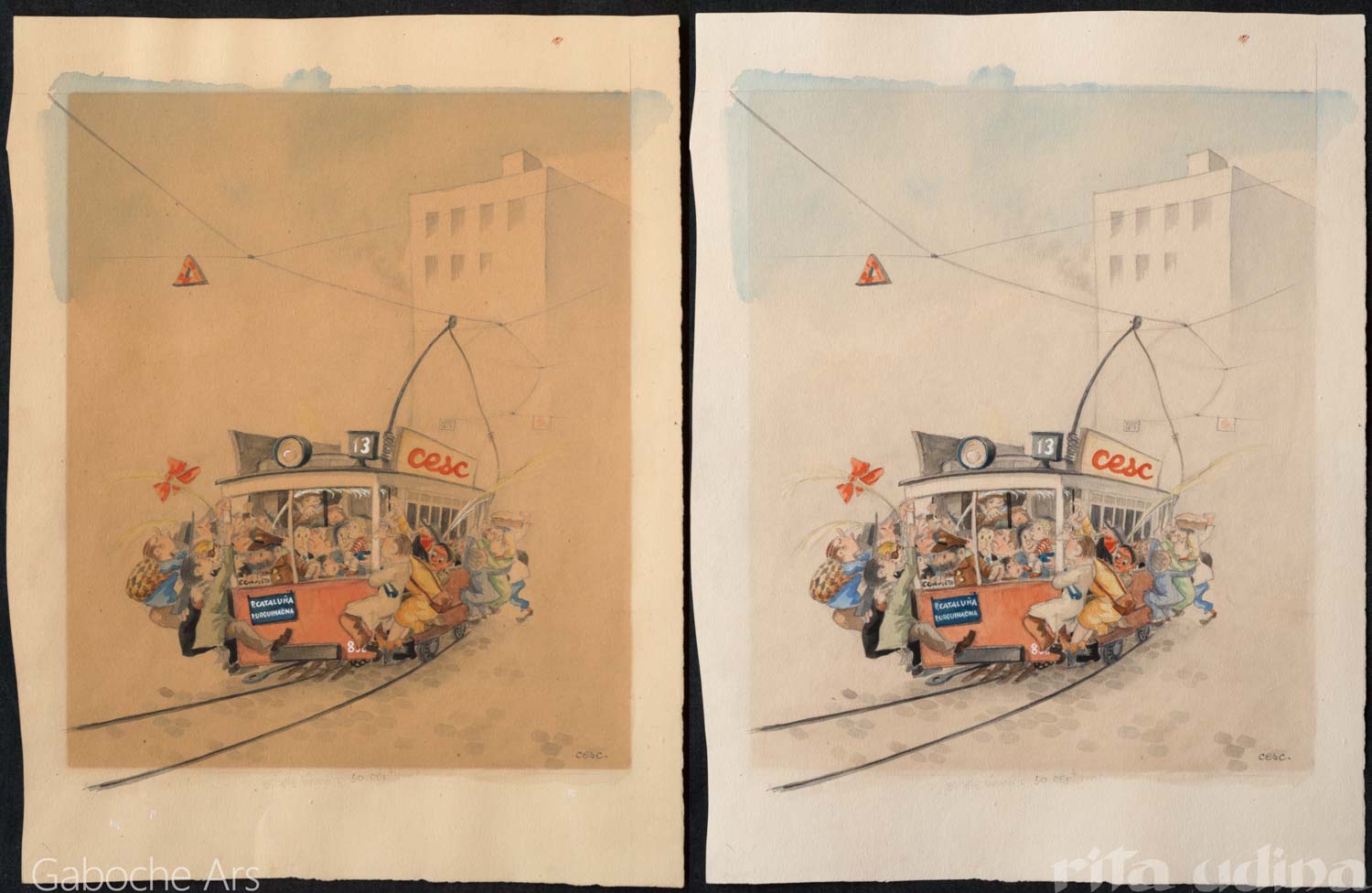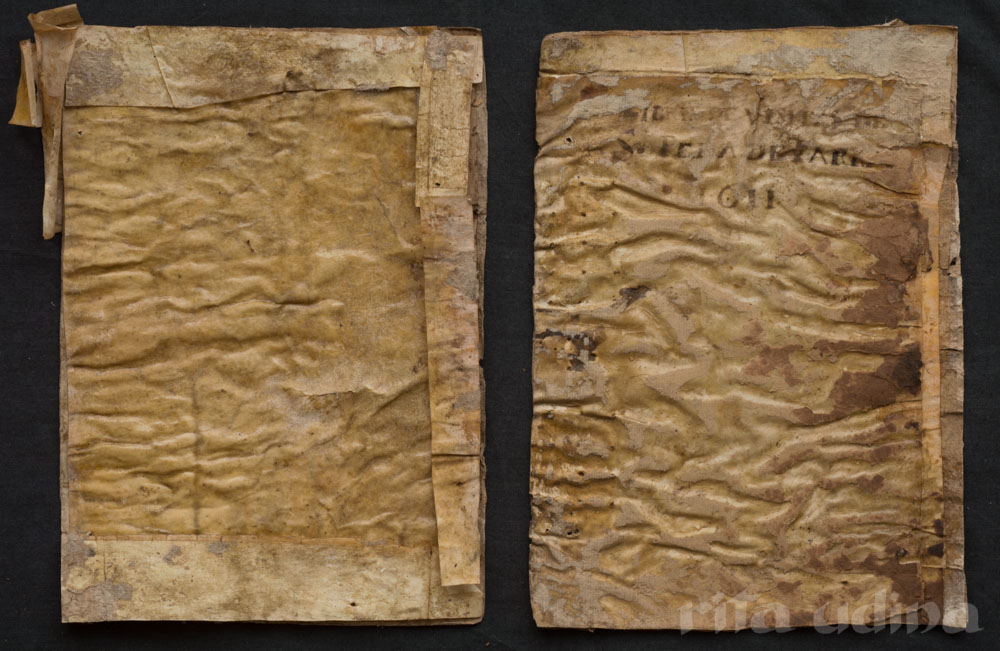TECHNIQUE
Find below the portfolio projects related to TECHNIQUE:
Calligraphy on onion skin paper by Nankoku Hidai
Onion skin paper is so called because of its resemblance to the skin of an onion. It its lightweight thin and transparent. It is a good quality paper, used for the reproduciton, such as in this case, an calligraphy by Nankoku Hidai. It had folds, oxidation, discolouration, cockling, a pressure sensitive tape at the right bottom corner, stains, tears and tattered edges. Paper hinges have been added to mou it on a conservation board for framing purposes.
Mrs. Daydí Pastel portrait by Fèlix Mestres
Conservation of pastel drawing on paper and cardboard by Spanish painter Felix Mestres. Portrait of Mrs. Carolina Daydí. Dry cleaning, mould removal with HEPA vacuuming, in-painting of foxing stains.
Map by Blaeu cartographers
Conservation of 17th c. map by Blaeu dutch cartographers, 1630 Hand coloured print with gouach and golden paint. It had kraft paper patches and discolouration caused mainly by light exposure. The conservation treatment consisted on dry cleaning, old repairs removal, wet cleaning (slanted capillary wash) and flattening.
Pencil drawing by J.A.D. Ingres
Conservation of pencil drawing by J.A.D. Ingres. Pencil drawing on woven paper with discolouration and foxing stains, tears, insect depositions. Dry cleaning, mechanical removal of depositions, wet cleaning, chemical treatment and reinforcement.
Woodblock print by Albrecht Dürer
Woodblock print "The holy trinity", by Dürer, 1511. Removal of recent patches, wet cleaning, chemical treatment, deacidification, tear mending and losses infilling.
Conservation of plan on natural tracing paper
Proudly showcasing the conservation treatment of such a stubborn tracing paper: folds and wrinkles appear white due to loss of translucency. Before and after photos are taken with a black background, so that you can judge the results on the whitish parts.
Conservation of Game-Boy box
Original box for Game-Boy by Nintendo with wrinkles, tears, and pressure-sensitive label. Minimize as much as possible the damages and remove the price label.
Conservation of varnished map
Conservation of an oversized map, varnished and with a linen backing, dated 1906. Varnish removal with gels, backing removal, capillary washing, tear mending, infilling, lining, flattening, retouch, varnishing and finishing (tapes and slats on edges).
Conservation of renaisance astronomy book. A stiff board parchment binding with slotted spine
Conservation of rennaisance astronomy book. Conservation of stiff-board reverse parchment binding with slotted spine. Clavius was a reputated astronomer, contemporary to Galileo Galilei.
Conservation of cartoon drawing by Quino
Conservation and flattening of a cartoon drawing by Quino using the same paper for the infill of the loss.
Case for artist book
Owner: Private collection Artefact: [...]
Workshop: Wet treatments of
Works on Paper (Amsterdam, 2021)
Theoretical and practical sessions. When to apply wet treatments on paper, and how. From the basis of handling wet paper to more complex moisturizing, humidification and washing techniques. Fugitivity tests, types of inks and their properties, and many case studies to show conservation treatments on real artwork: manuscripts and documents, drawings, watercolours, pastels, charcoal drawings...
Conservation of oversized Adami drawings from Musée Jean Cocteau
Conservation of oversized casein drawings by Valerio Adami with stains caused by a flood. Slanted capillary washing, flattening, mending and conservation mounting.
Conservation of gouache and watercolour drawing on paper
Conservation of a china ink, pencil, watercolour and gouache drawing with severe discolouration due to light exposure. Dry cleaning, wash cleaning, deacidification, light bleaching, inpainting of light areas and flattening.
Workshop: Wet treatments
of Works on Paper (Köln, 2021)
Theoretical and practical sessions. When to apply wet treatments on paper, and how. From the basis of handling wet paper to more complex moisturizing, humidification and washing techniques. Fugitivity tests, types of inks and their properties, and many case studies to show conservation treatments on real artwork: manuscripts and documents, drawings, watercolours, pastels, charcoal drawings...
Conservation of cartoon drawing of a packed tram
Conservation of a china ink, pencil, watercolour and gouache drawing with severe discolouration due to light exposure. Dry cleaning, wash cleaning, deacidification, light bleaching and flattening.
Assessment on the conservation of Swamiji’s manuscripts
Assessment on preventive conservation, housing, storage, digitization, exhibition and possibilities of conservation of Swamiji's manuscripts from Vedanta Academy historical archive.
Lecture: ‘Conservation of re-used bindings’ (part one), Zagreb
Book conservation involves a tough decision making regarding usability and long term preservation handling. Sometimes we are dealing with fragmentology, or disjecta membra (fragments of written supports are re-used as part of a binding, with a diverse purpose from the first use) whereas in other cases the purpose is the same, and the whole binding is being recycled to bind a different book. Incunabula and manuscripts with laced-case and limp vellum bindings with rolled sewing on parchment are studied.
Conservation of long-stitched limp binding with rolled sewing
That's the typical case of waste material (a former parchment manuscript) that was recycled for a new purpose (a binding).
Conservation of recycled limp vellum wallet binding
Conservation of a medieval manuscript on laid paper, bound on limp parchment. The binding is recicled, being a former wallet bindinig with a flap. The turnins of the covers have alum tawed leather tackets. Sewn on the binding.
Clients
Filter project by:
ARTEFACT
artwork on paper
drawings
maps, plans (architectural drawings)
posters
board or paper artefacts
books
albums
bindings conservation
codexs
fragmentology (membra disjecta)
recycled binding
incunabula
limp-vellum binding
paperback books
sewn unsupported with drawn-on covers
stationery bindings
documents
holdings (archive/library)
oversized
photographs
albumens
daguerreotypes
silver-gelatin
glass-plates
silver-gelatine paper photographs
COURSES
book conservation
housing, mounting and framing paper artworks
introduction to paper conservation
Matching infills & retouching
photograph conservation
tailored conservation course
wet treatments
DISSEMINATION/RESEARCH
MATERIALS
TECHNIQUE
ball-point pen
charcoal, pastel
cyclostiled
felt-tip pen
gouache
graphite, pencil
ink
manuscripts
prints
engraving
lithograph
watercolor
woodcut
TREATMENT




